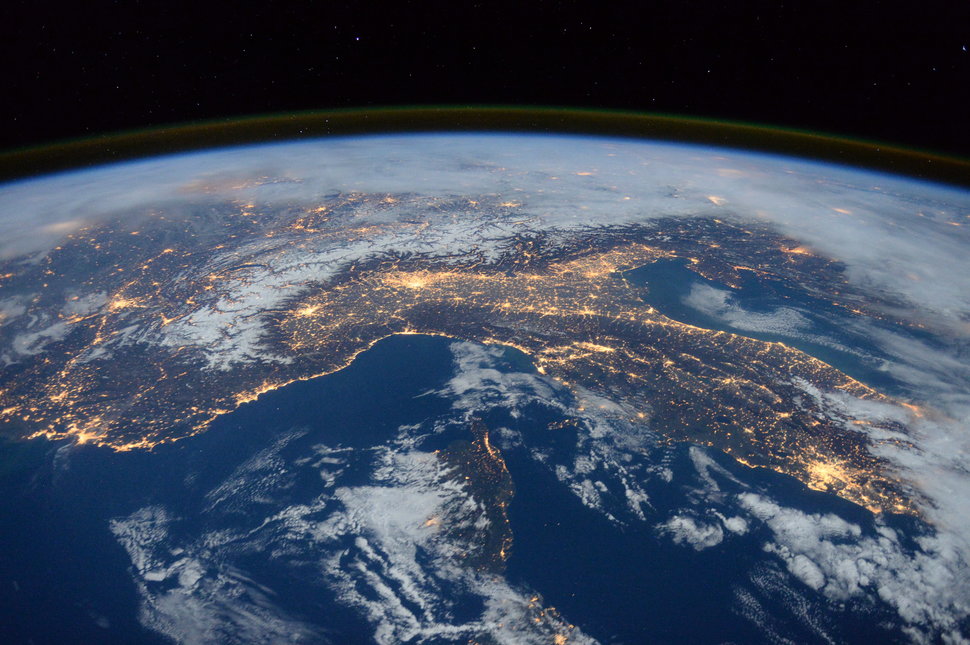Drones getting too close to animals has caused a public backlash to the technology’s use. But scientists say the benefits outweigh the risks.
The footage of the baby bear and its mother went viral. It showed the duo walking along a picturesque snowy mountain-side from such a close distance that it would not have been possible for it to have been taken from a hand-held camera. They had needed something else for the shot: a drone. But while the device was successfully capturing a moment between mother and cub, the drone pilot pushed his luck. Driving the drone too close, the device spooked the bears and sent the smallest of the two tumbling down the mountain.
The scene sent waves of discussion on social media outlets like twitter, reviving the ethical debate about the morals of using drones near wildlife. However, researchers were already looking at the problem.
In a 2015 study, Mark Ditmer, a postdoctoral researcher at Boise State University, looked into the physiological response wild black bears had to drones by monitoring their heart rates and thereby their stress levels. He found that when drones would approach, the heart rates of the wild bears would skyrocket, showing an increased level of stress.
“We saw pretty evidently that they had these huge spikes in heart rate,” said Ditmer as he described the effect of the drones on the bears. “This shows that this is sort of a different stimulus for them.”
However, a continuation of that study a few years later showed something different and a new research article was published this past January showing that bears had the ability to become habituated to the devices when exposed to the drones for enough time. This research was conducted on captive bears this time, which meant that scientists could control their environment, thus leaving the drones as the main variable.
Science is often entering uncharted territories with the creation and utilization of new tools, technologies and scientific methods. Drones, which are on the market for consumers, have been an area of increased interest among scientists and conservationists because of their easy assess.
While there is still more research to be done in this area, the new insights about habituation have helped to calm some of the moral questions surrounding drone use while emphasizing the positive impacts drones could have for both research and combating poaching.
Indeed, there are groups that already exist that are utilizing drones to draw attention to or scare off poachers. The Air Shepherds have used the latest surveillance drone technology to dissuade and stop poachers in Africa before they are able to kill the animals like rhinos and elephants. If a poacher is spotted within protected areas, park rangers are sent out to the area with the idea that they will stop the illegal activity.
There are potential drawbacks to this since it takes time for park rangers to get to the area and could give poachers an opportunity to get away. However, in one of their surveillance areas, Air Shepherds claim that in a spot where 19 rhinos were normally being killed per month, no animals were killed when the drone was monitoring for the 6 month period.
And drones are not only being used over for terrestrial species. Many marine researchers have also taken to the devices. “For many marine animals, their behaviour is not altered and you can capture an aerial view of its natural behaviour,” wrote Enie Hensel, the main author of a 2018 drone and marine research study, in an email. Hensel notes in her study that drones are valuable in identifying and counting individual sharks, turtles and rays from a birds-eye view.
But as more research becomes possible with drones, it seems unlikely that the discussions surrounding their logistics, ethics, and regulations will come to an end soon.
According to Ditmar, , when it comes to rules and regulations, drones are a moving target. But Ditmar is careful to point out that the restrictions are actually tougher on scientists than they are on consumers using them for recreational purposes.
For his first study on black bears, Ditmer and his team were required to have the drone in their line of sight at all times and even needed a certified pilots license in order to fly it. He can only hope that that the public operate their drones under those regulations.
With drone technology continuing to evolve, quieter, more efficient and more inexpensive drones will become increasingly available, opening the door to more scientific research and conservation work. But as drones and their applications become more ubiquitous, so too will the moral and ethical discussions about their use so close to wildlife.

